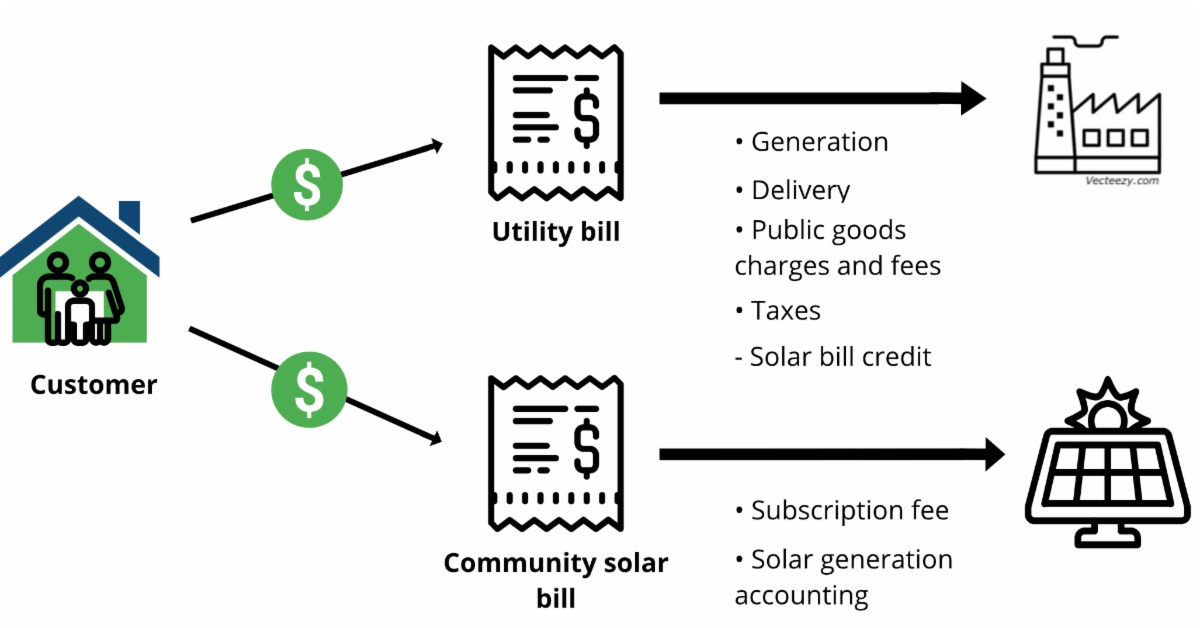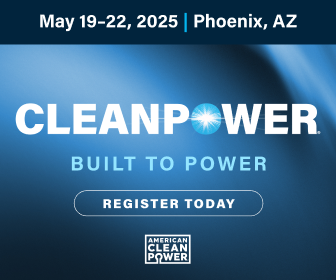Consolidated Billing Makes Community Solar Easier for Consumers
As community solar grows nationwide, customers sometimes face a confusing situation – getting a bill from their community solar provider and a separate bill from their utility. Customers have to do their own math to calculate the savings from their subscription.
In other cases, utilities and community solar companies have joined forces to provide a single bill, with all charges and credits consolidated. Single bills provide increased transparency, improved customer experience, and, ultimately, increased retention rates and decreased subscriber acquisition costs.

In a new report for the National Community Solar Partnership (NCSP+) program, national lab researchers explore the issues around consolidated billing, including costs and benefits, software changes, consumer protection, and alternative approaches.
Complications
While consolidated billing is simple in concept, it can face daunting administrative, technical, and financial hurdles. Billing structures can vary across states and utilities, with complex and disparate customer data. Software can be complicated and expensive, creating a need to either update existing systems or adopt new platforms. Billing can be managed completely differently between regulated and competitive retail markets.
Implementation timelines can sometimes require several years to deploy automated systems. And implementation costs can range from hundreds of thousands to millions of dollars, depending on the utility’s existing infrastructure and experience.
Implications and alternatives
Consumer protections are also of paramount importance for billing. Community solar subscriptions can complicate how partial payment or nonpayment is handled, and could lead to utility service disconnections. We briefly review lessons learned from on-bill repayment programs, such as Pay As You Save, to see how other third-party transactions are managed on utility bills.
Lastly, the report explores alternatives to utility consolidated billing, such as third-party consolidated billing, automatic bill crediting, and “single accounting/dual billing” approaches, which aim to provide similar benefits without the full-scale adoption of utility consolidated billing. These alternatives could offer simpler and more immediate solutions for states and utilities facing implementation challenges.
Although consolidated billing offers significant benefits for community solar programs, particularly in customer understanding and satisfaction, its implementation can be complex and requires careful consideration of administrative, technical, and financial factors. This report helps states and utilities learn from the experiences of others to find the most suitable path forward.
The report, Community Solar Consolidated Billing: An Exploration of Implementation and Alternatives, was written as a response for technical assistance under the National Community Solar Partnership (NCSP+), an initiative of the U.S. Department of Energy’s Solar Energy Technologies Office. It was written by Simon Sandler and Jenna Harmon of the National Renewable Energy Laboratory and by Bentham Paulos of Lawrence Berkeley National Laboratory.
National Renewable Energy Laboratory | https://www.nrel.gov/









.png?r=9683)

